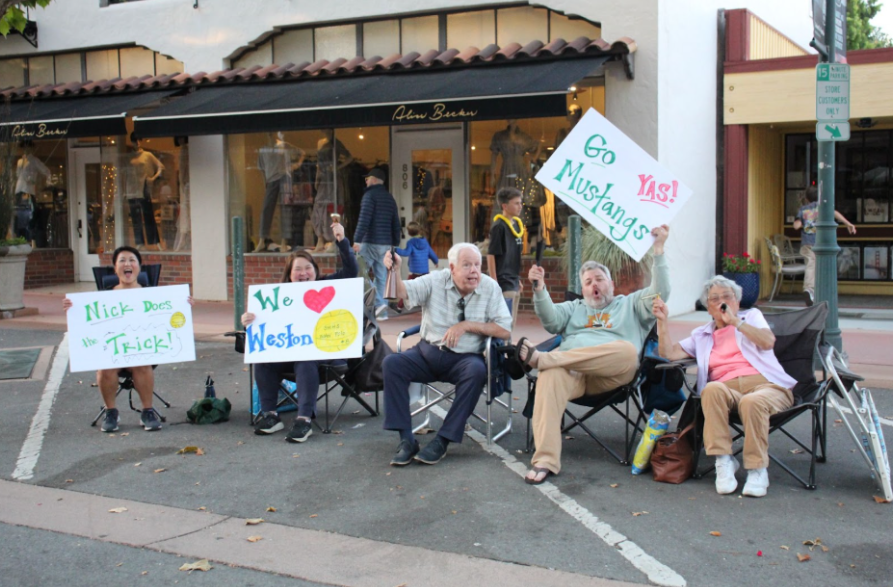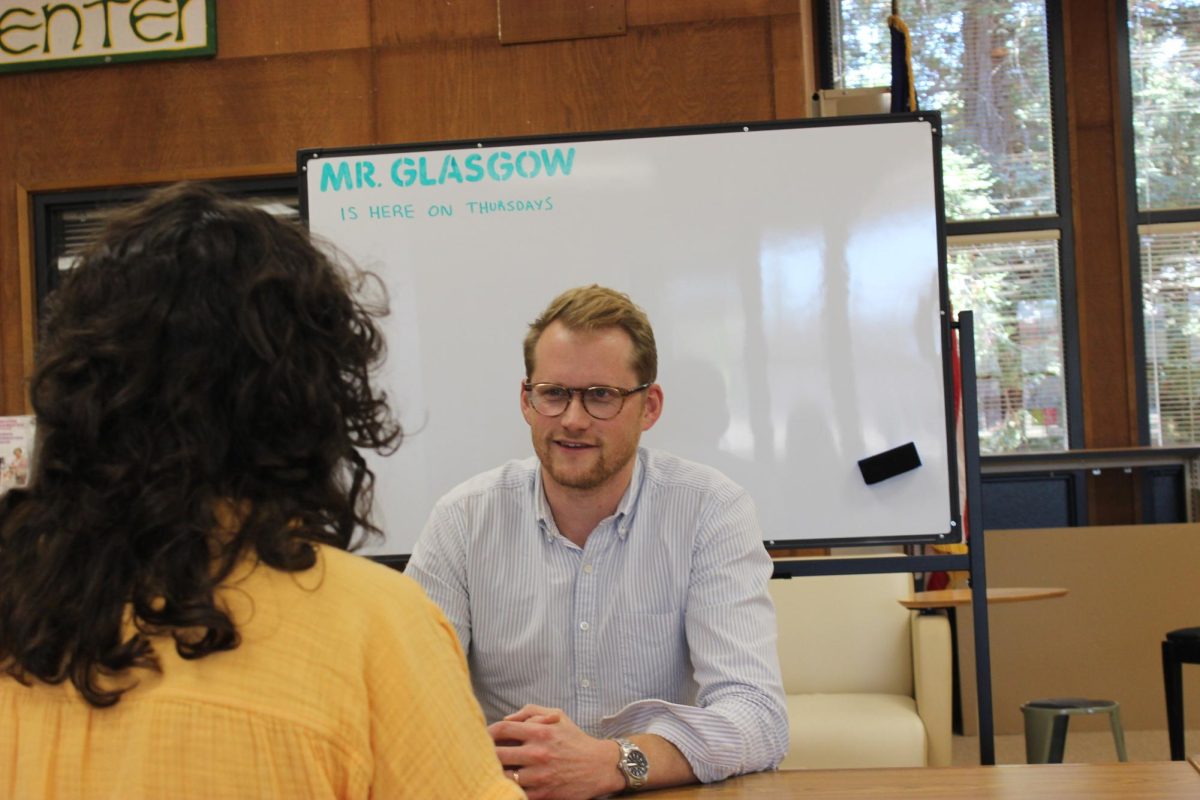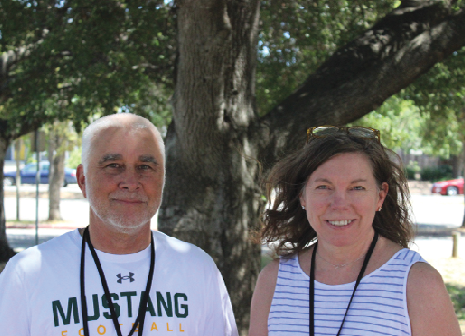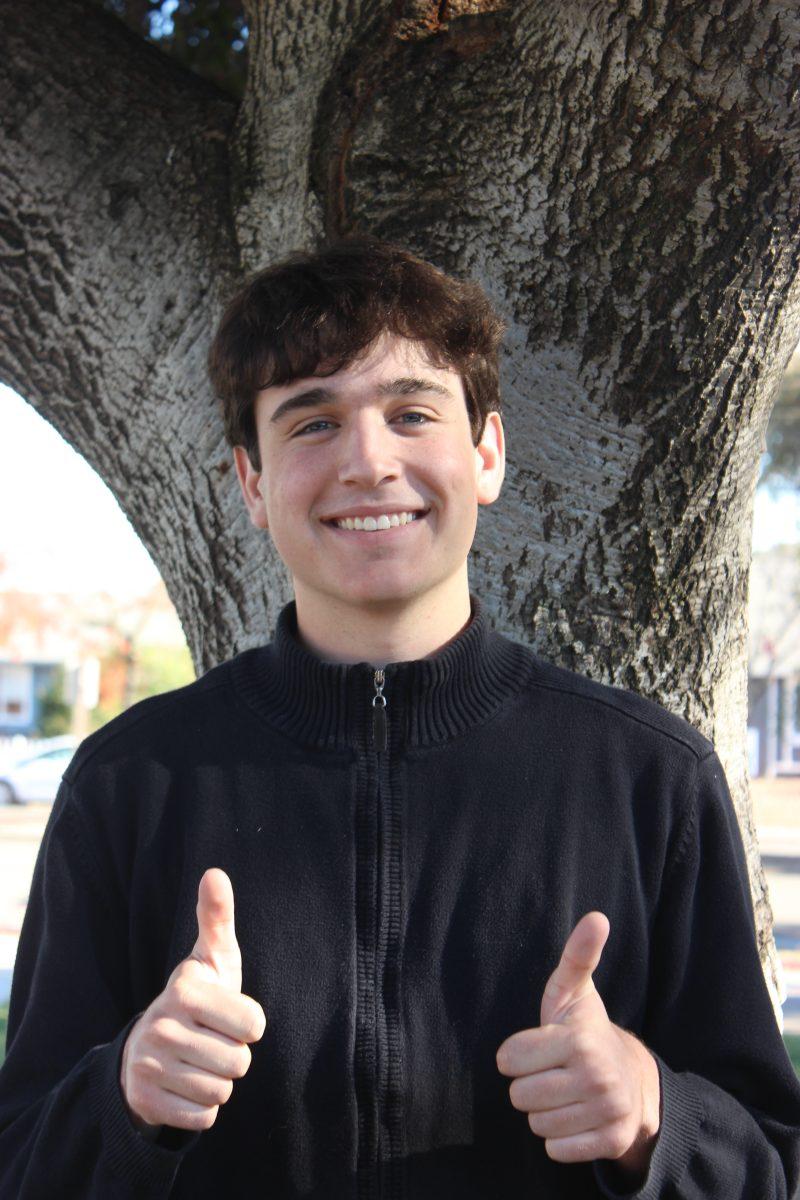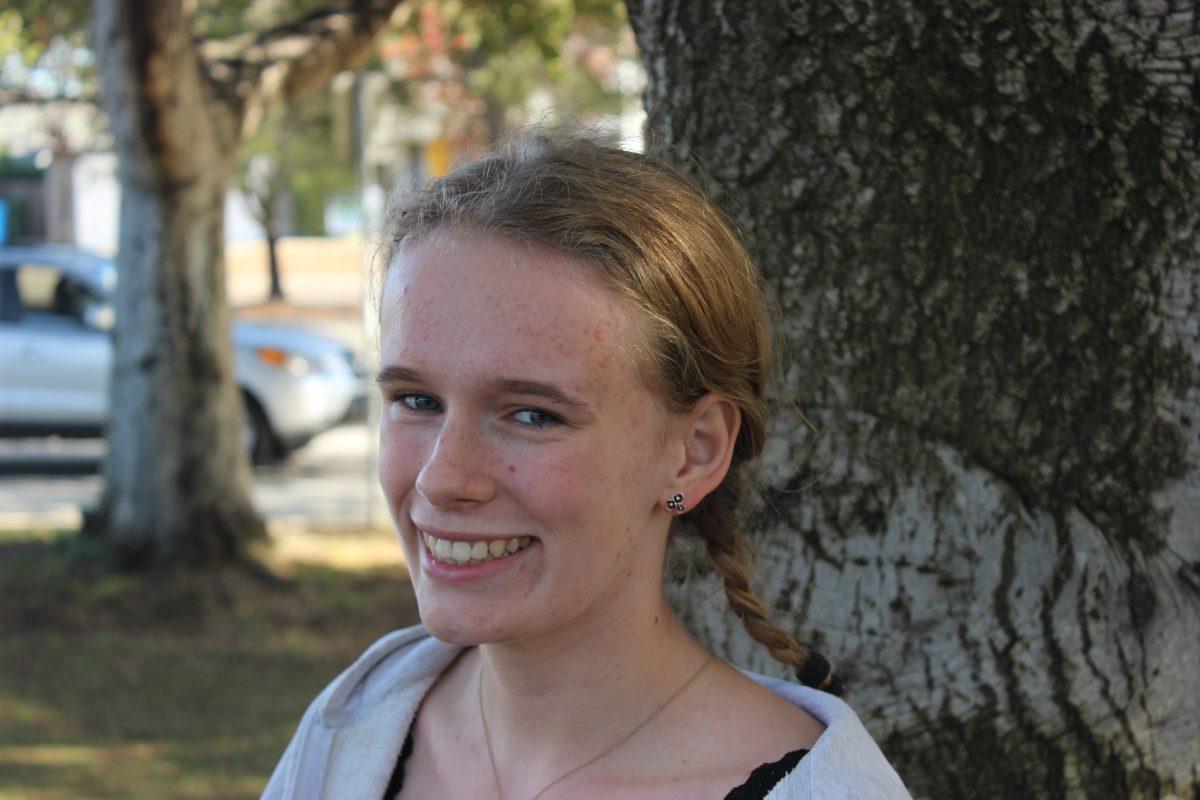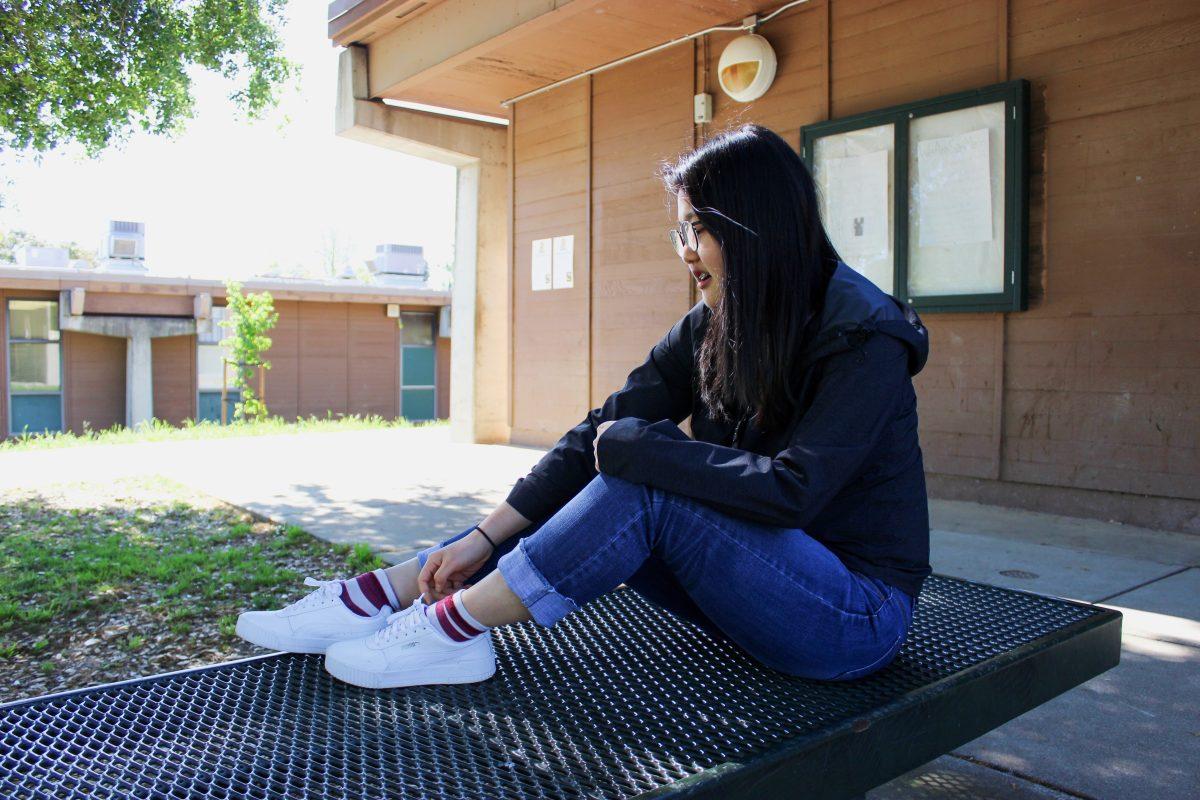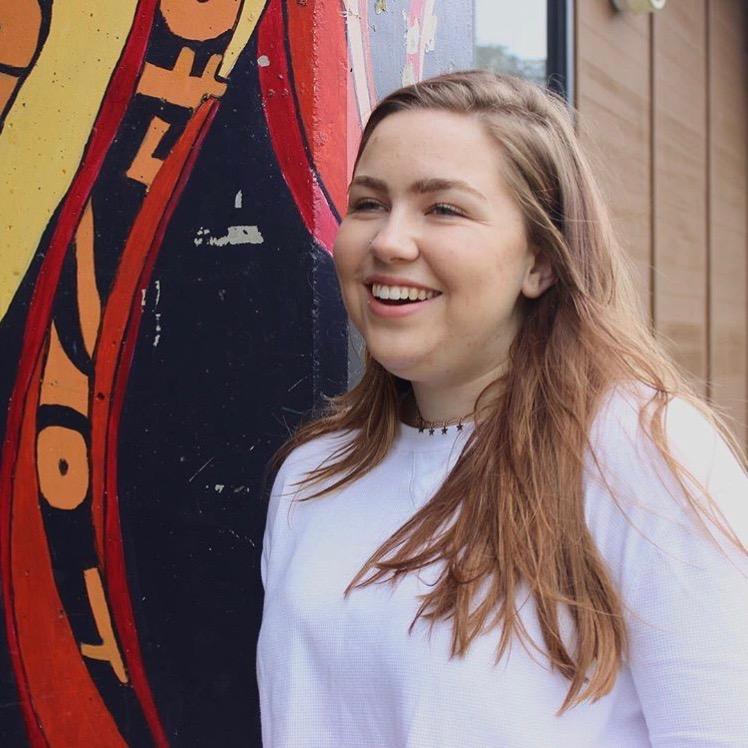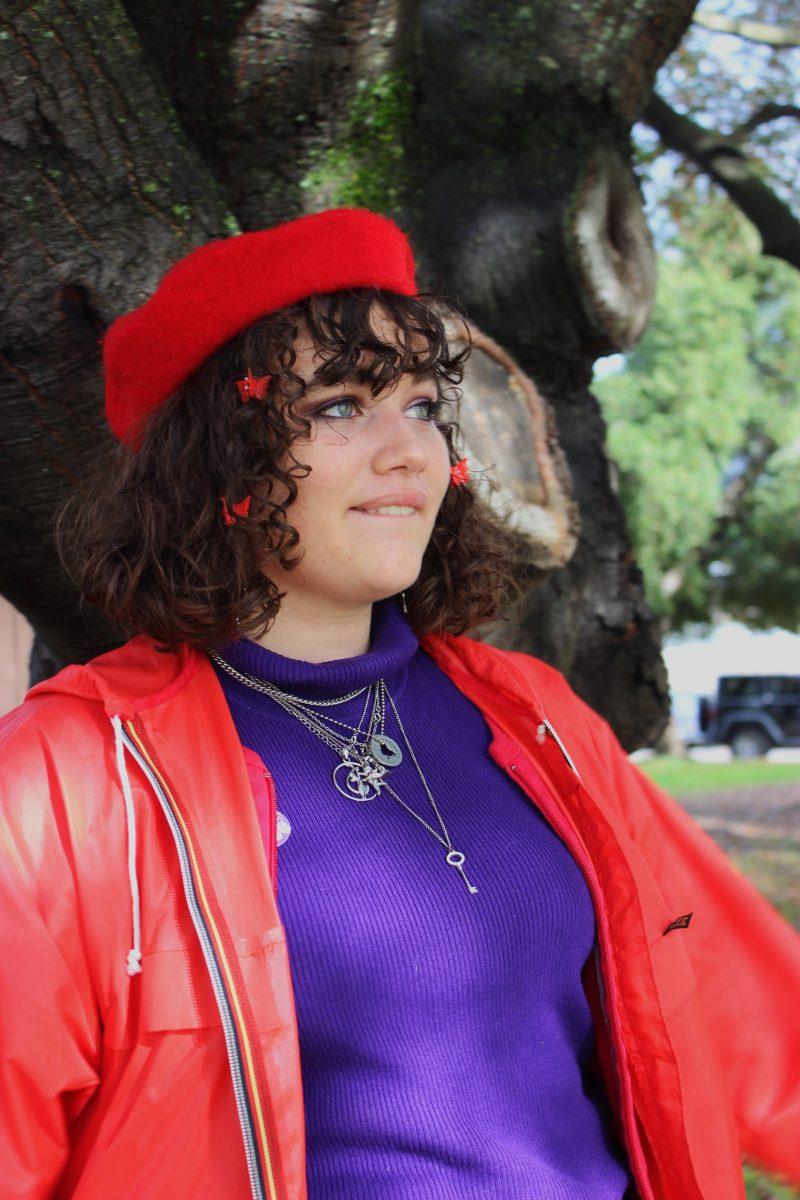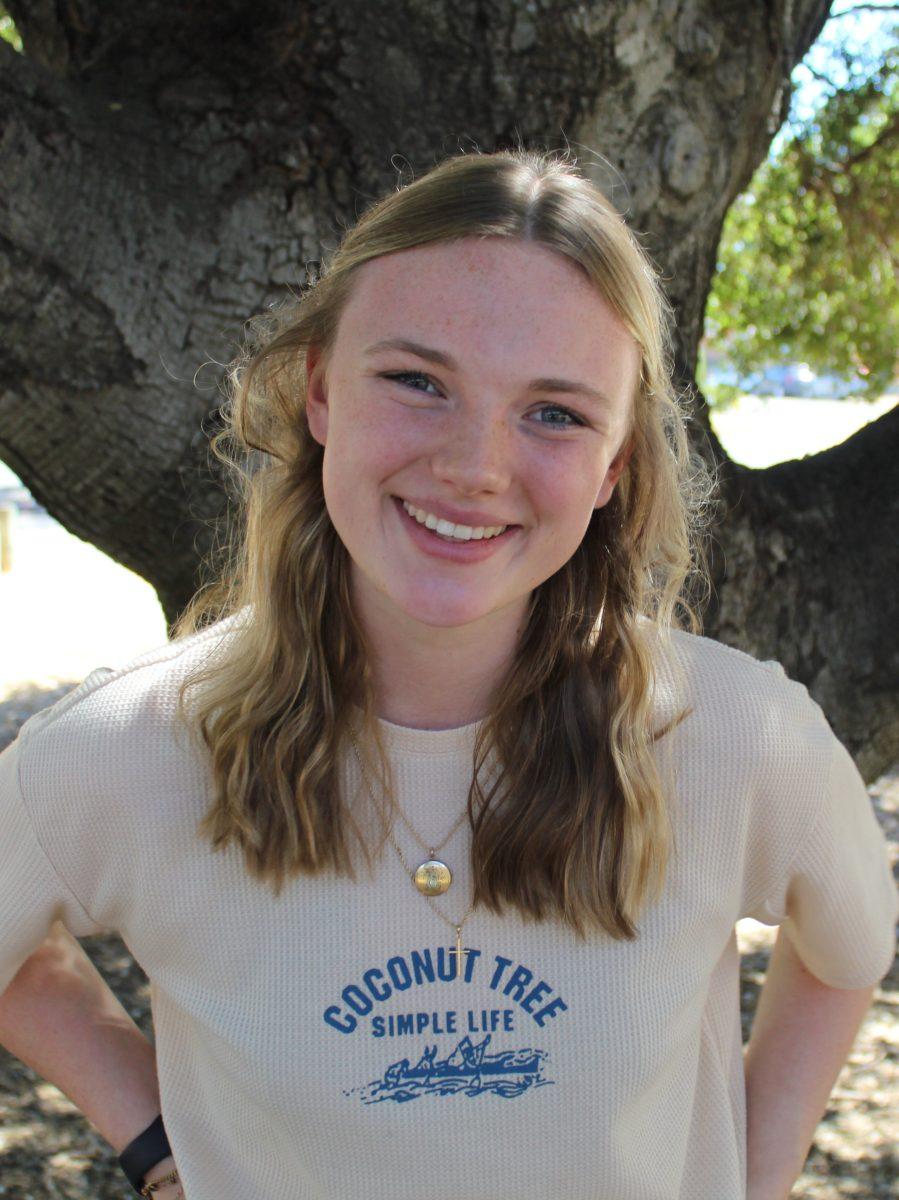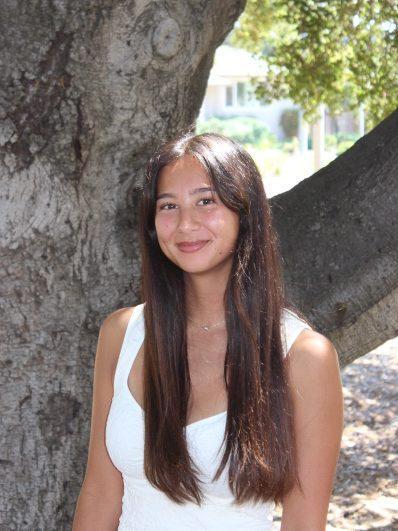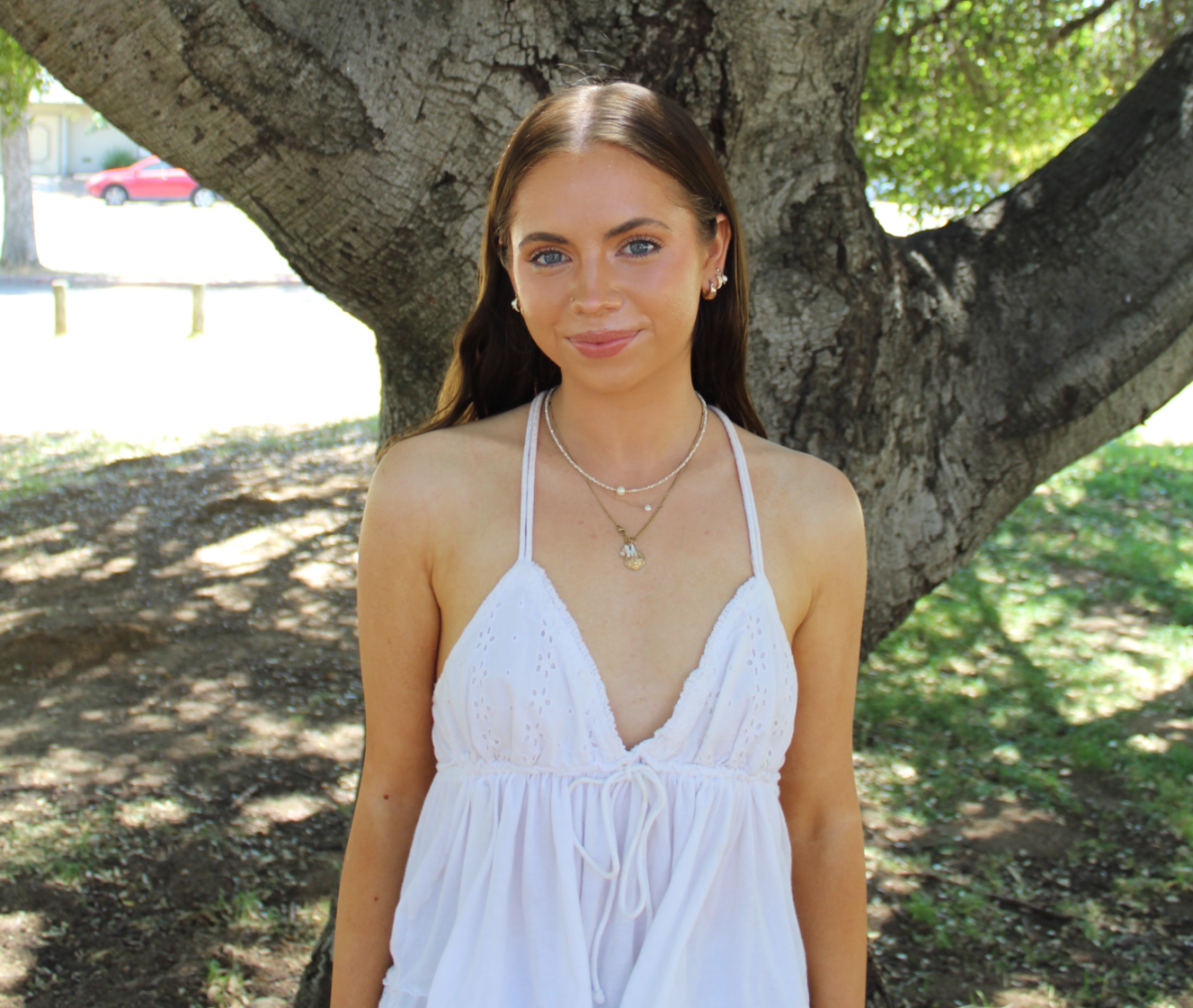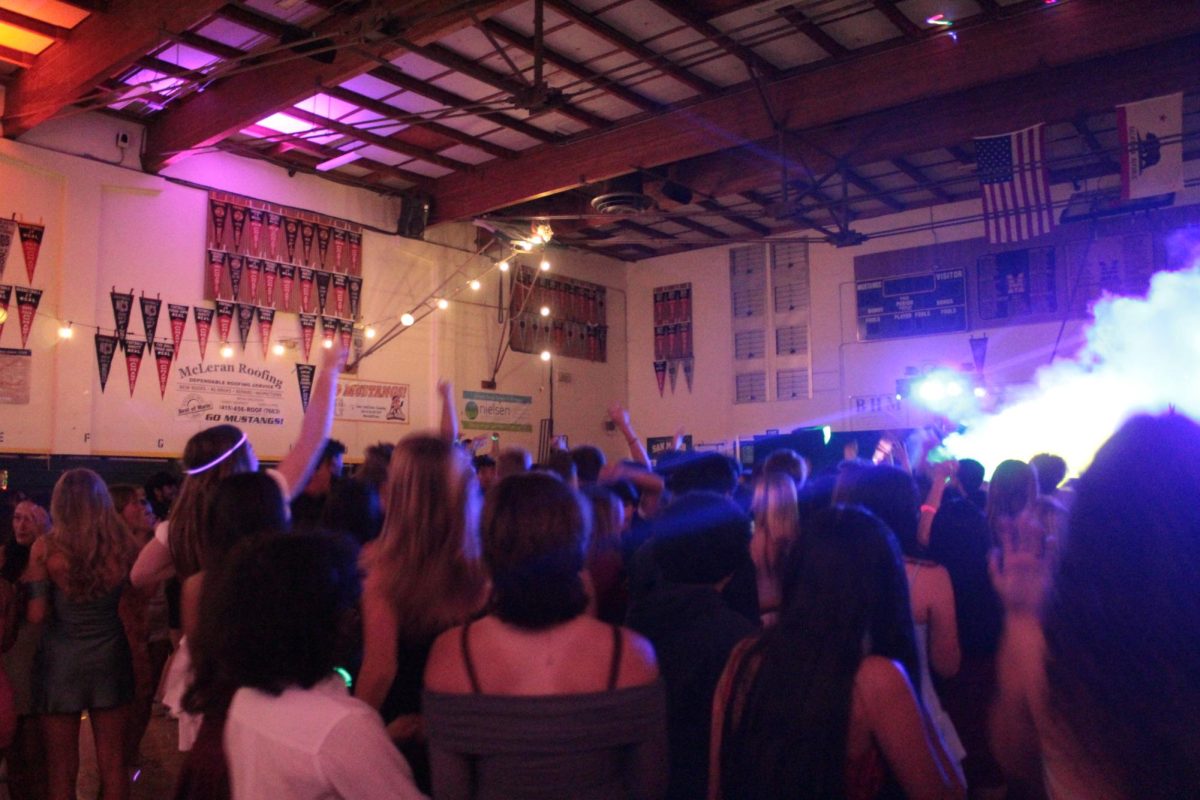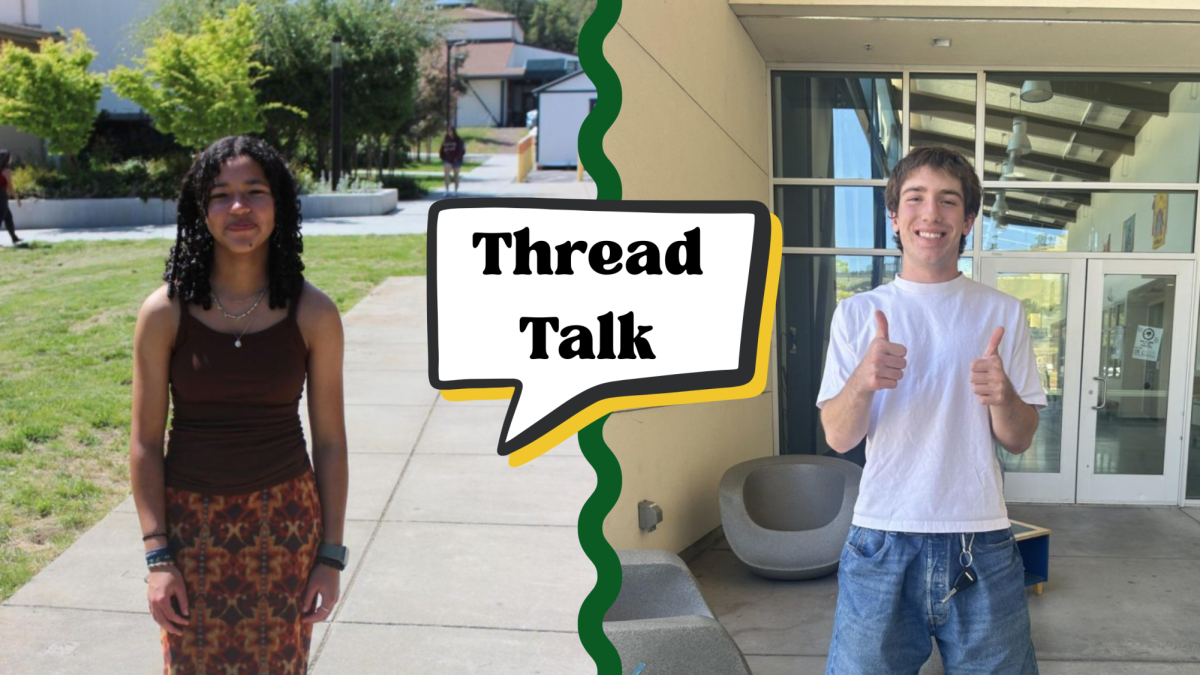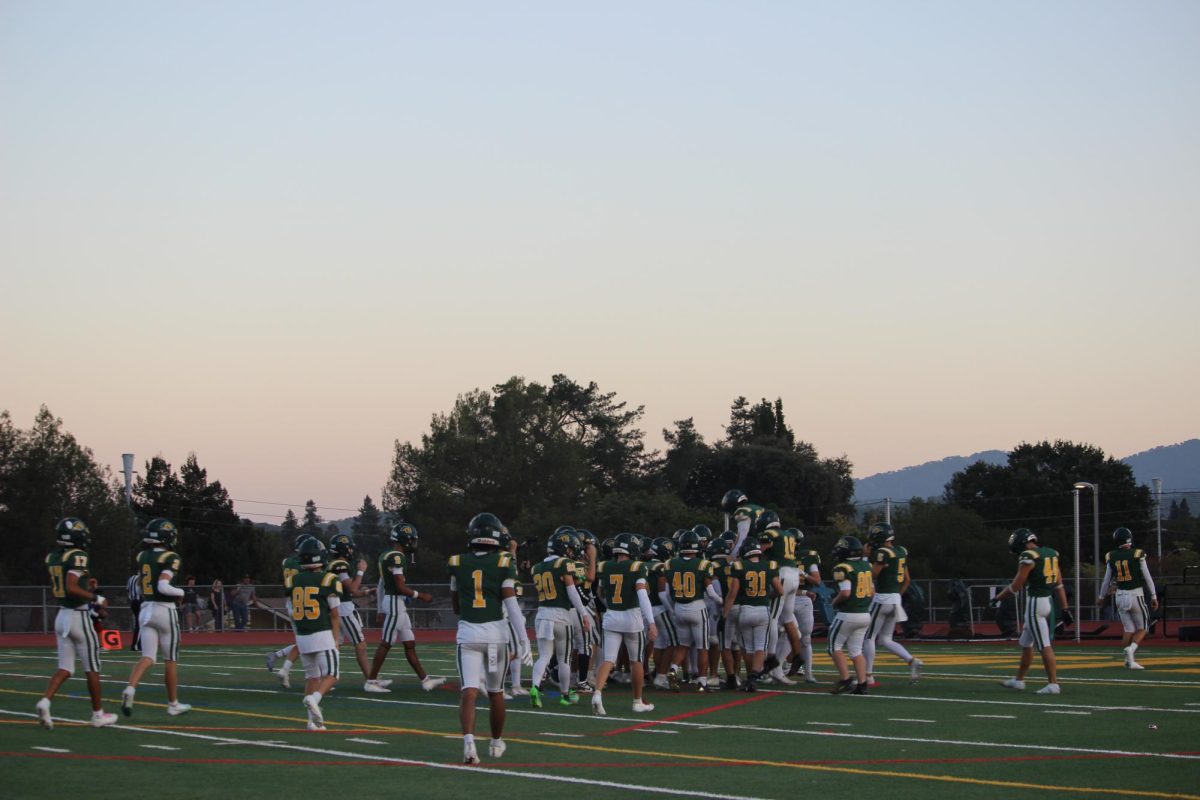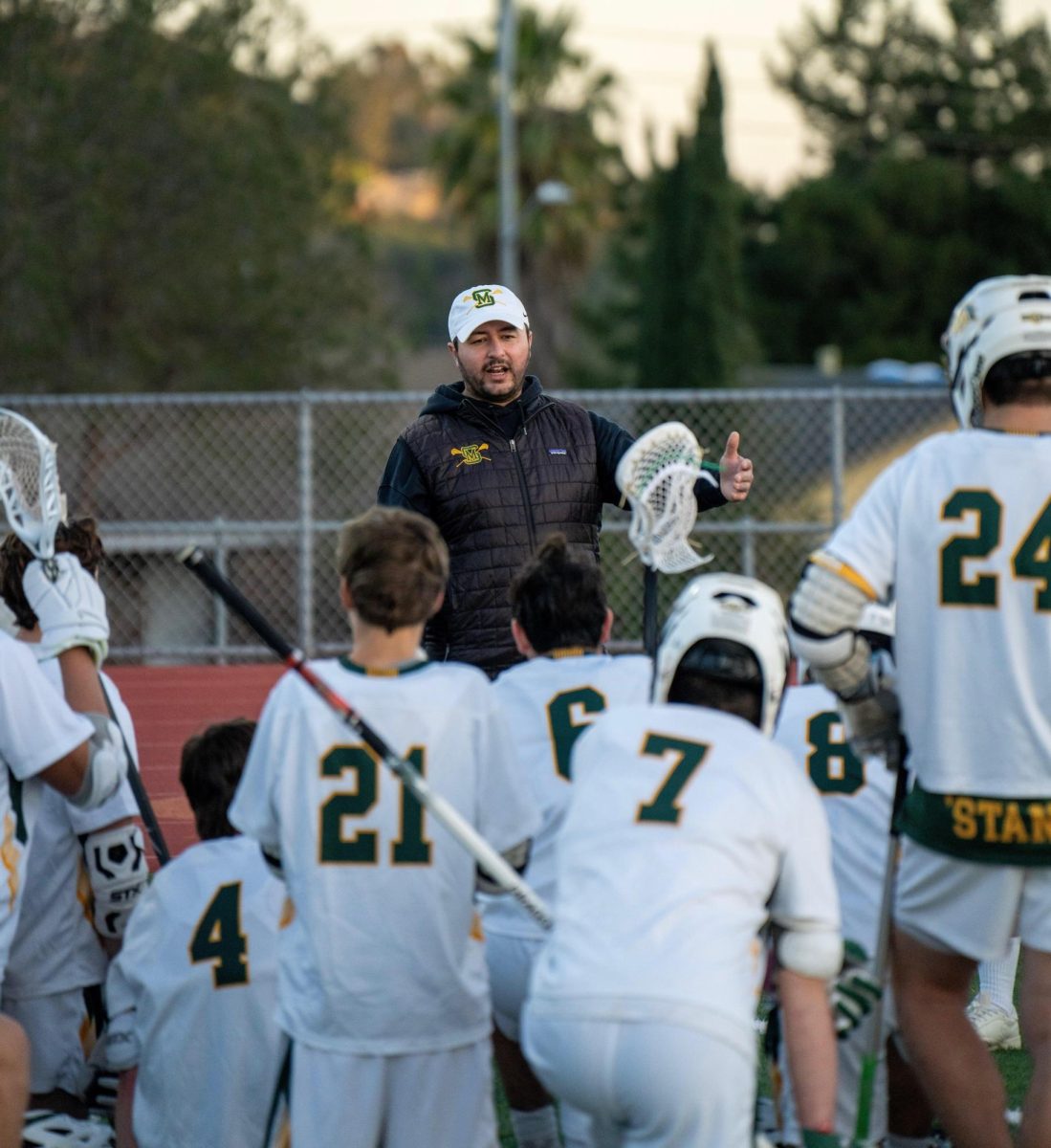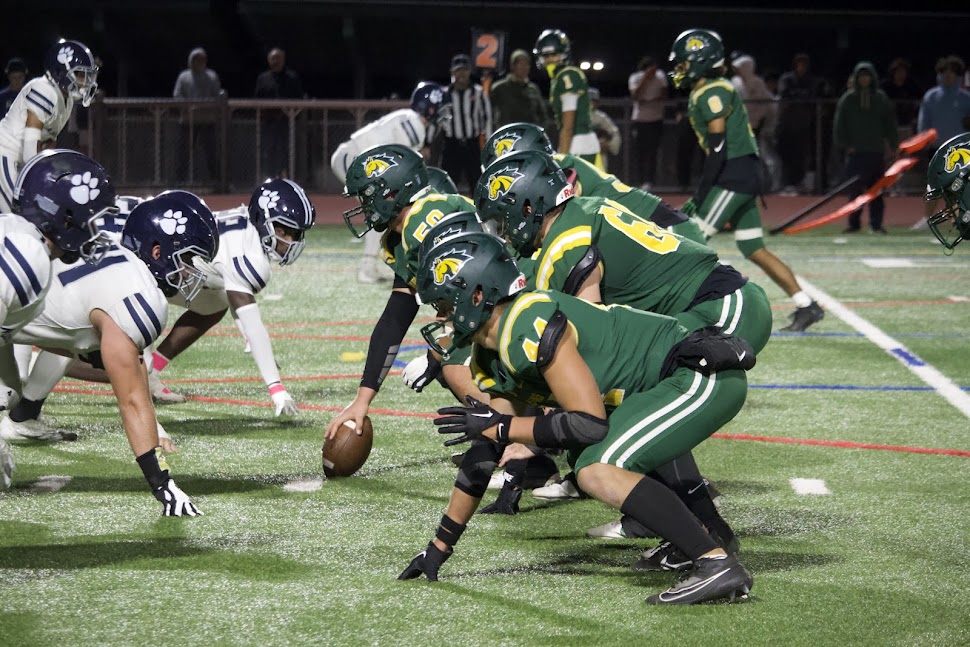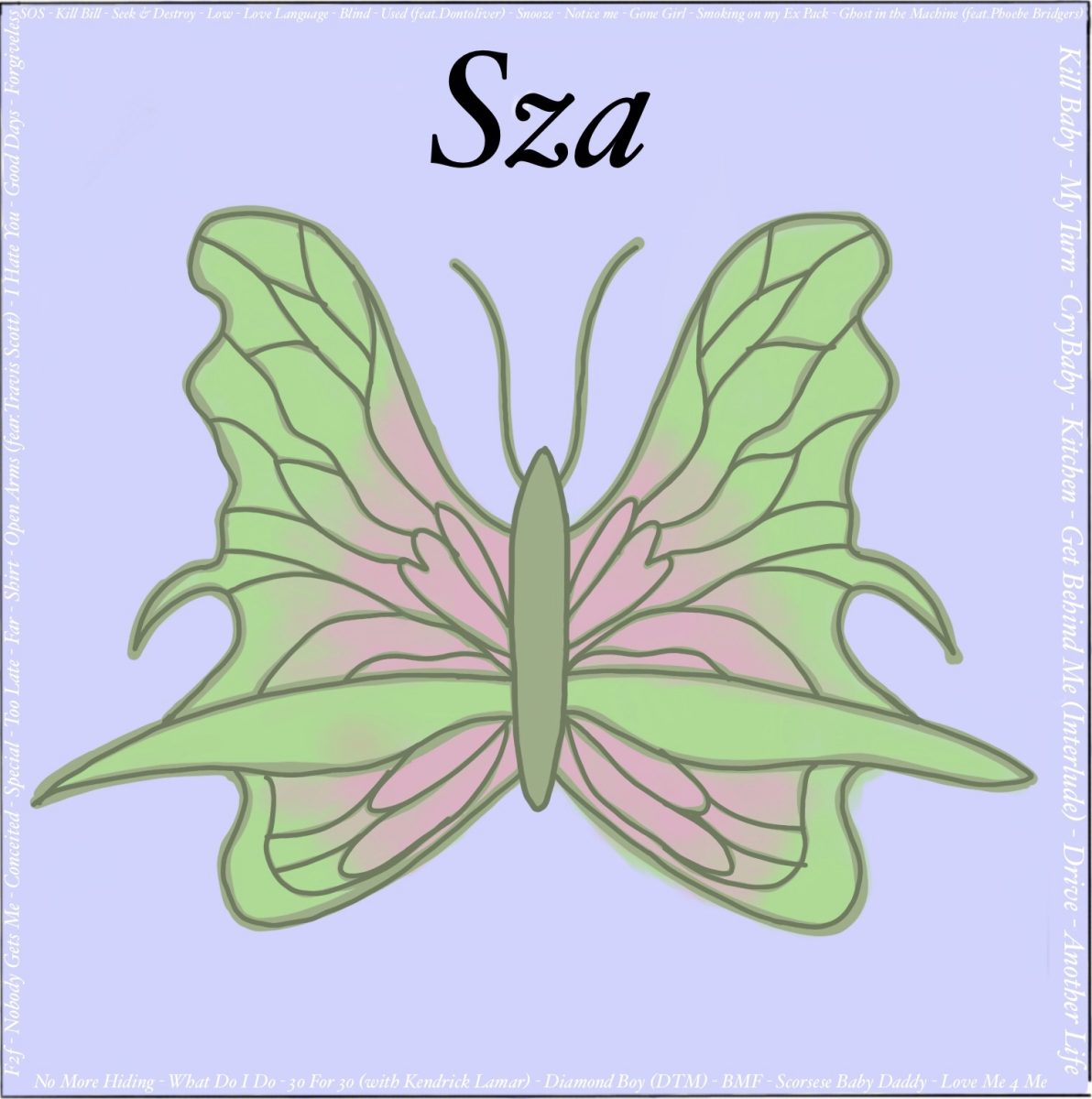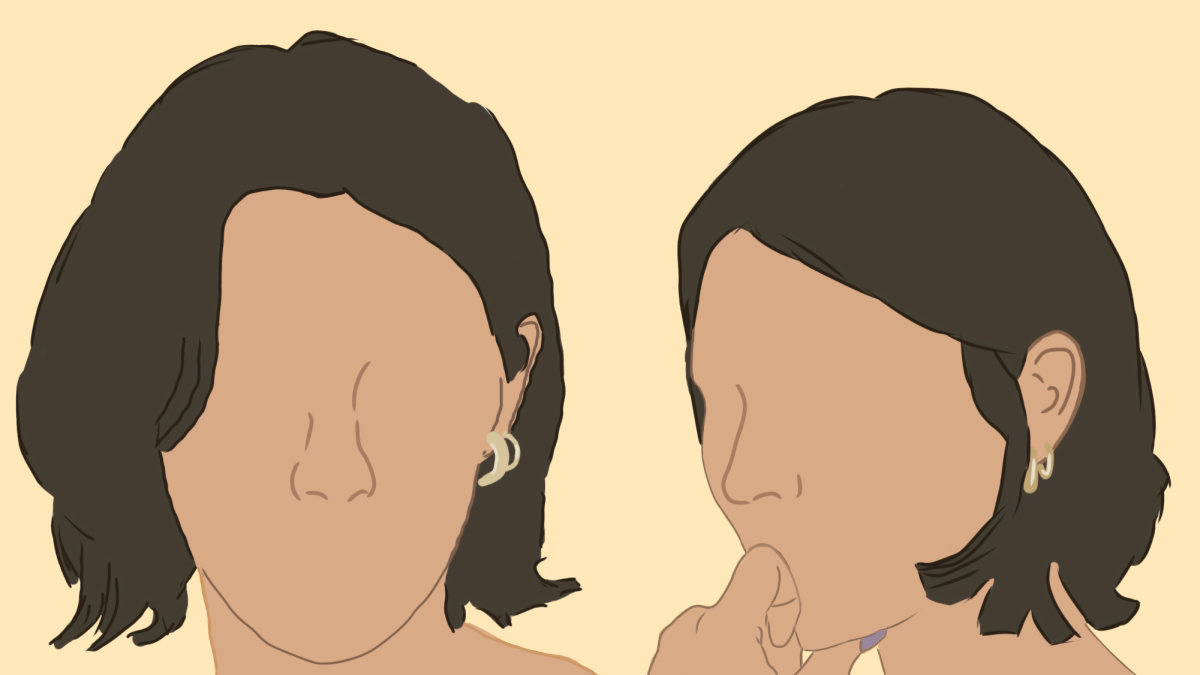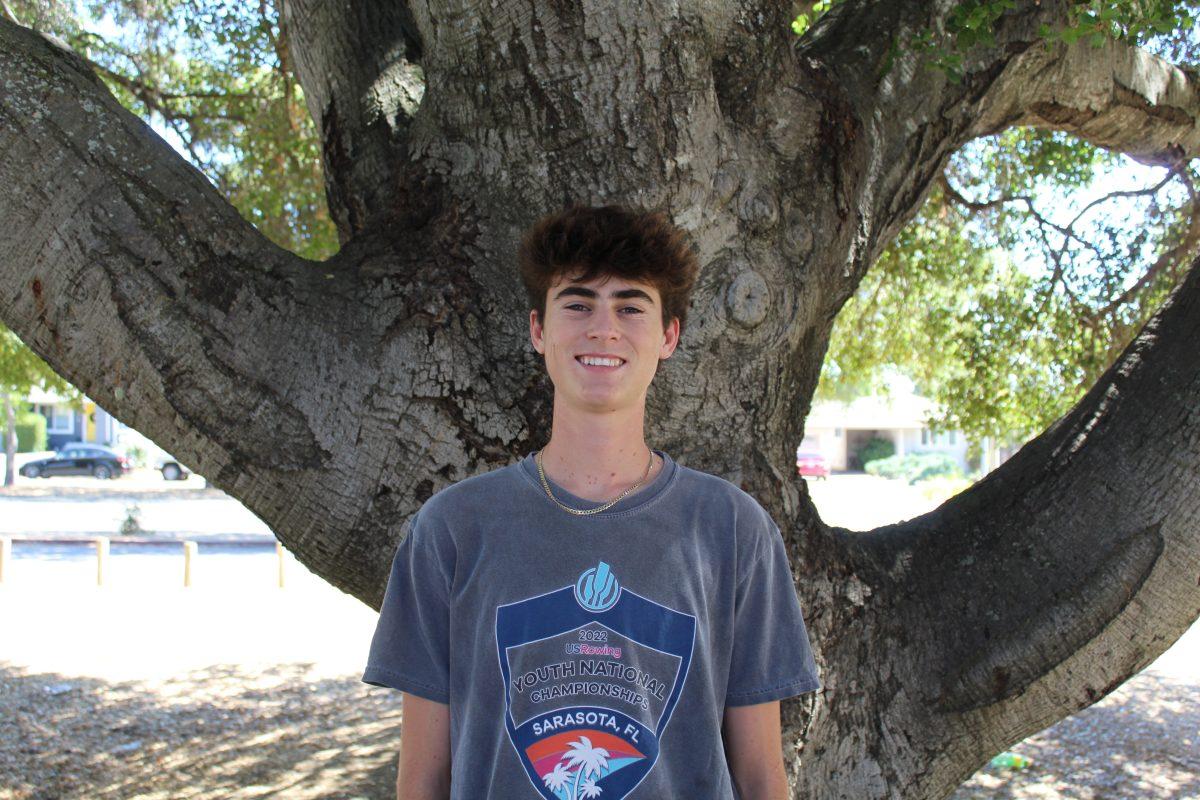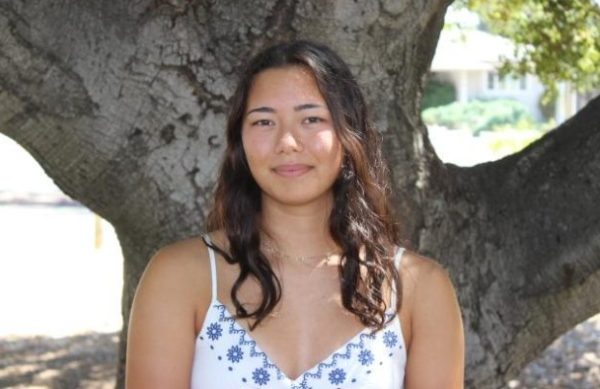“Are you from North or South Korea?” I look at my inquisitor with confusion. Whether it was to poke fun or was a serious question, I considered how to respond; feed into the stereotype by joking along, or gauge whether it stemmed from genuine curiosity and ponder their intention. In elementary school, kids would press their fingers to the sides of their faces and turn their eyes upward when they saw me. Not knowing what it meant, I would laugh and do it back. While it was an inappropriate joke, and it likely didn’t have any motive behind it, the issue was that it was never reprimanded and would grow into more harmful jokes. I can reflect and say that I don’t believe children are in the wrong at all. Kids in Marin County are growing up with extremely limited cultural exposure, including myself, as I know little about my own culture.
In the foyer of my house, there is a picture of me in a hanbok, a traditional Korean dress. It has a wide, peach chima skirt and turquoise jeogori top embellished with a silver pattern. I rarely get comments on how beautiful it is and rather how weird it looks. Right next to that photo is me in a plain black sweater. That’s the picture that receives the compliments. In the bubble of Marin, people are exposed to a majority of westernized culture and diversity isn’t easily adjusted to.
When I think of a melting pot of diversity, Oakland immediately comes to mind. A mere 30 miles from Novato, the percentage of people who identify as racially white decreases significantly. The United States Census Bureau has listed that the “white alone” (excludes biracial individuals) population in Marin was 84.6% in 2022. In opposition to Alameda County, where Oakland is, the number was 47.1%.
The amount of diversity can be seen in things like food, where you can find a burger joint sandwiched between Ethiopian and Cambodian restaurants. These authentic places would not survive in Marin because when an area is predominantly one race, it’s a challenge to introduce cultures somewhere that won’t embrace it.
Until we can display more representation, we can start with education. The San Marin community is doing a fair job of promoting diversity. This includes the option for students to take Multicultural Literature and Ethnic Studies instead of a standard english course. In the Mustang Roundup, the email brings attention to any heritage or history month in our community. There is no excuse for students to claim that they are unaware of any celebrations, as it is information that the school provides.
It is debated by scientists that race is a made up social construct. Even if “race” doesn’t actually exist, that doesn’t take away from the fact that groups have a shared culture. Culture is a part of self identity and heritage, it has nothing to do with biology or genetics. While it may seem conflicting that I am half white writing about problems with predominantly white communities, there is a deeper discussion that contributes to why a community might be more of one demographic than others. I can’t get rid of the racism, and I can’t make everyone love K-pop and kimchi, but exposing communities to other cultures is a vital step in creating a society that respects each other.
